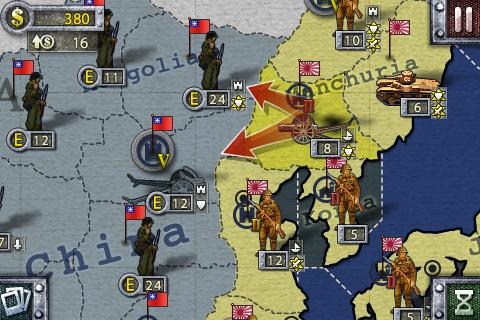

This article covers the periods of authoritarian military rule in Burma (1962–2011). I will investigate how these congregations, in spite of these tensions, nevertheless informed state performance, thereby contributing to performing the state. As for the latter, I will explain why tensions arose between the ariyā-weizzā organization and other esoteric congregations on the one hand and the state on the other. Combining two ontological views on power-Burmese cultural perspectives and sociological ones-I will demonstrate how the ariyā-weizzā organization performs the state in two senses: from its own point of view and in socio-political terms.

In this article, I take the ariyā-weizzā organization as an example of an esoteric congregation. For these and other reasons, the state sought to suppress these congregations in the early 1980s. More importantly, the congregations were perceived by the authorities as a threat because they represented a quest for power and influence through their creation of translocal social networks in the country with linkages to the state. While rationalist forms of Buddhism were officially supported by the state, the practices of the esoteric congregations were not, and they represented, I suggest, a ‘rejected knowledge’. Throughout this period, especially during the rule of the military governments (1962–2011), the state viewed these congregations with suspicion and subjected them to surveillance, and the relationship between the two was tense (Foxeus 2011 Pranke 2011 Patton 2014). sāsana), 1 and offer exorcism and healing to clients. The aim of these congregations was to promote and defend the Buddha’s dispensation ( P. These attracted large numbers of devotees, including many government employees, officials, and military officers. In the post-independence period in Burma, starting from 1948, a large number of hierarchical, initiatory, and secretive esoteric congregations were founded by charismatic leaders in urban areas.

At the same time, this as well as other esoteric organizations have been ‘embedded in the state’ in intricate ways (Van Klinken and Barker 2009a). From its own point of view, it is performing the state mainly ‘behind the scenes’, performing ritual violence in a ‘war’ to defend Buddhism and Burma’s national cultural legacy, with support from an ‘army’ of non-human beings. This article will especially highlight one such case: a Burmese esoteric Buddhist congregation I refer to as the ariyā-weizzā organization. However, performing the state may also assume quite unexpected manifestations, ones that seem to require the acceptance of certain ontological assumptions. Keywords: weizzā/weikza Buddhism state conflict politics Burma/MyanmarĪs suggested in the present issue, a variety of non-state militia/security groups are ‘performing the state’ independently of, or in interaction with, the state, occasionally exerting physical violence.


 0 kommentar(er)
0 kommentar(er)
